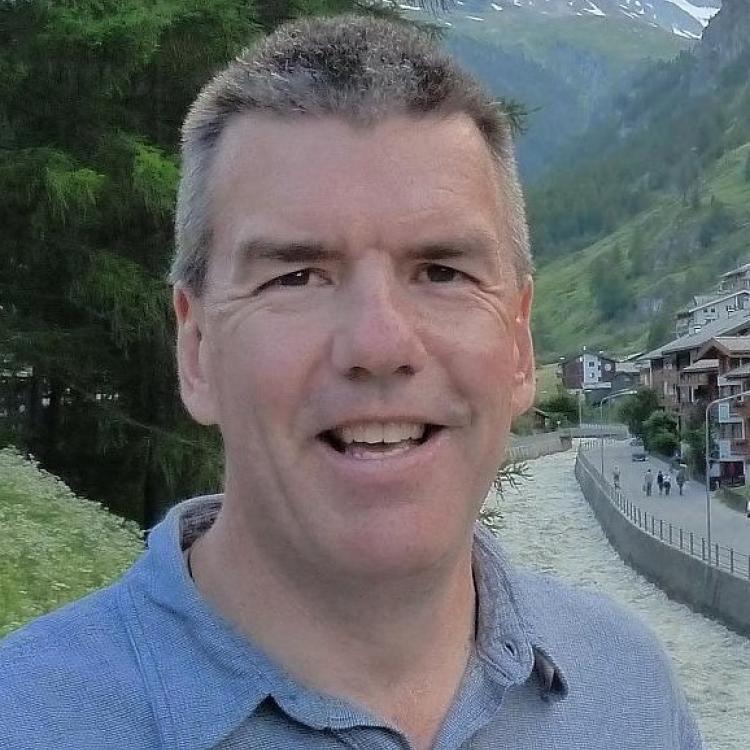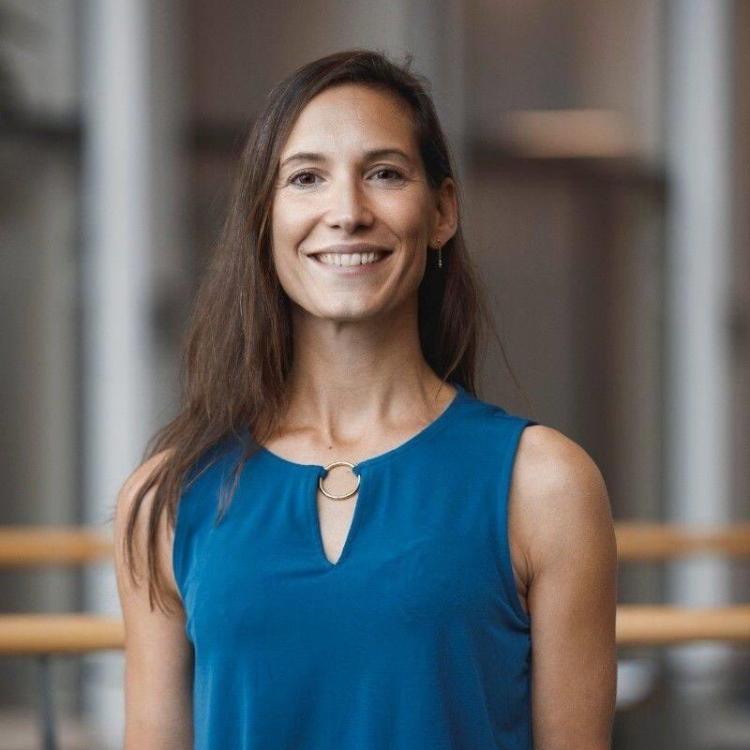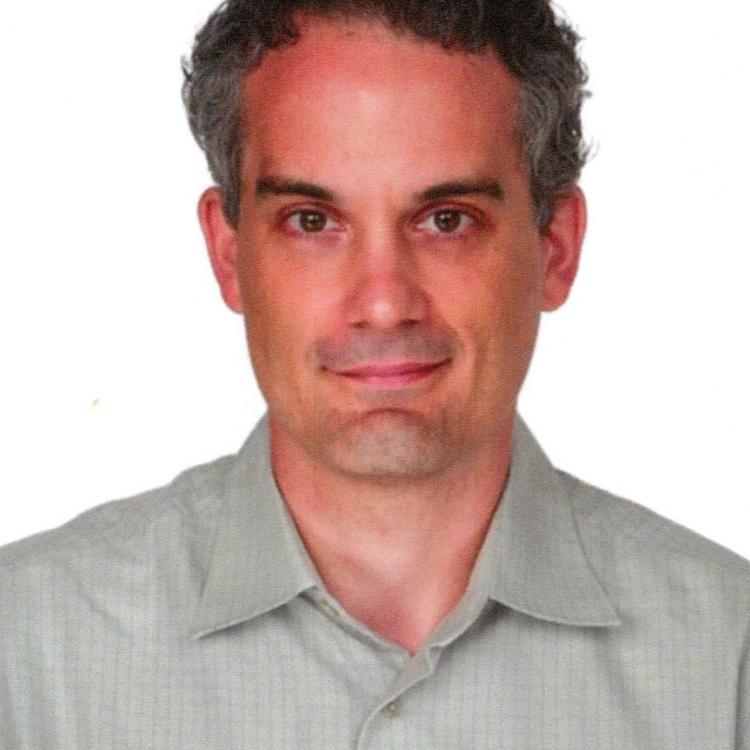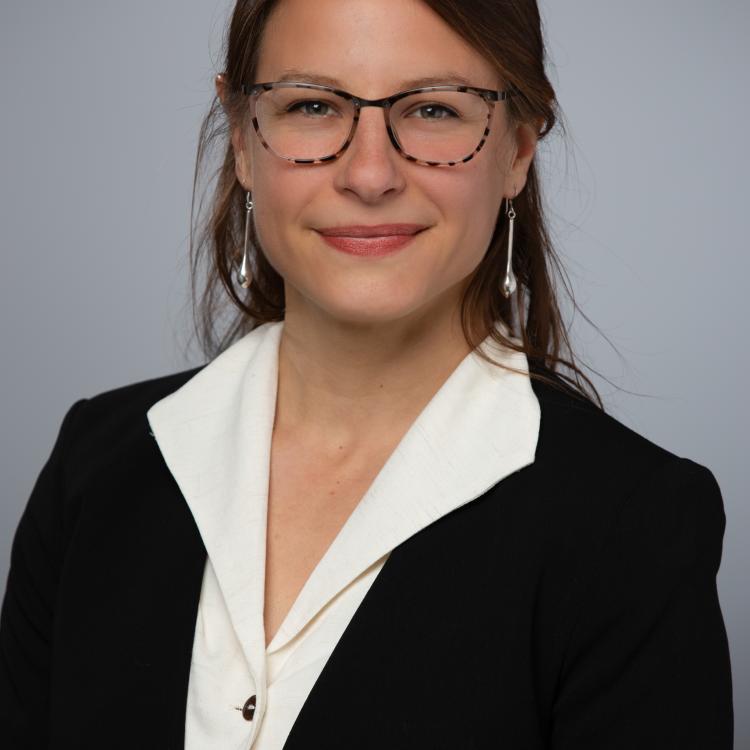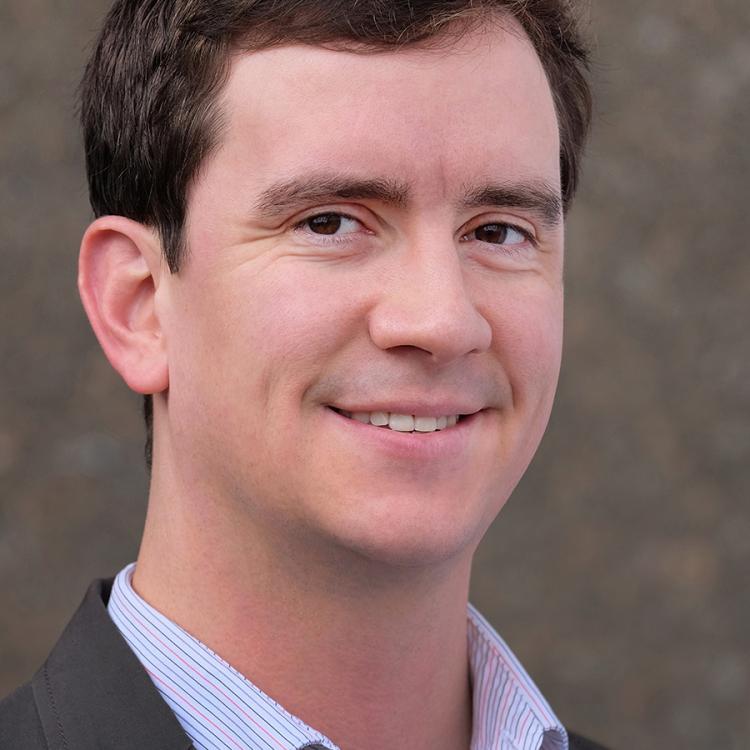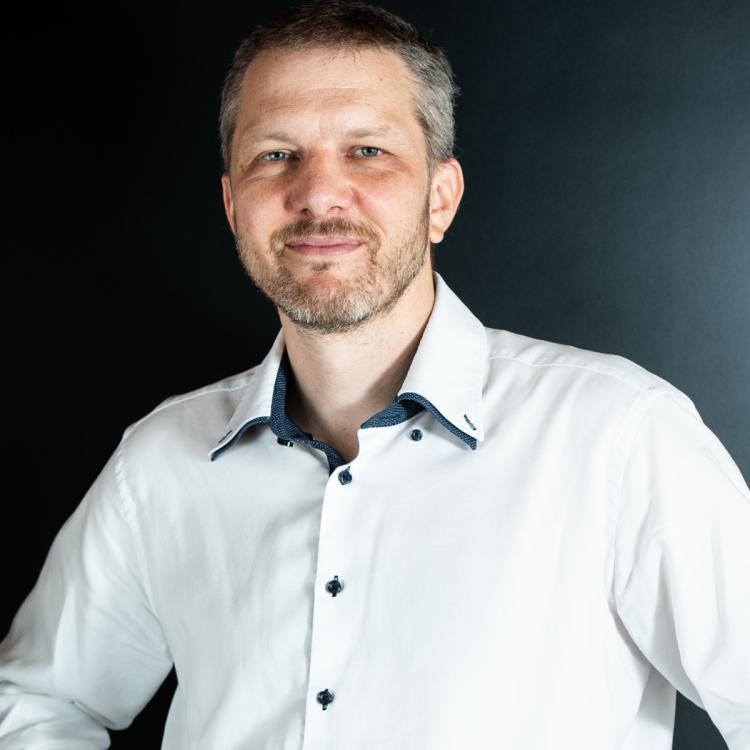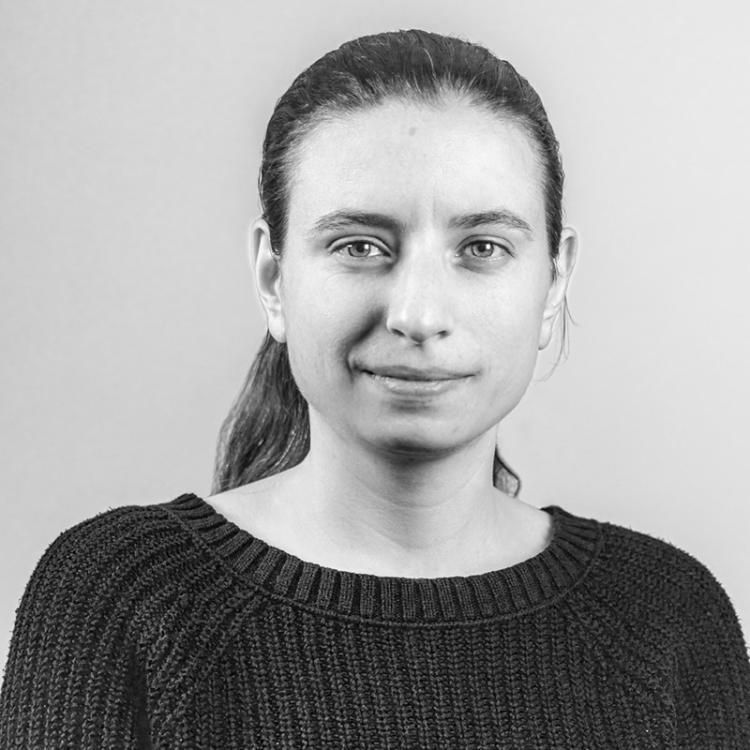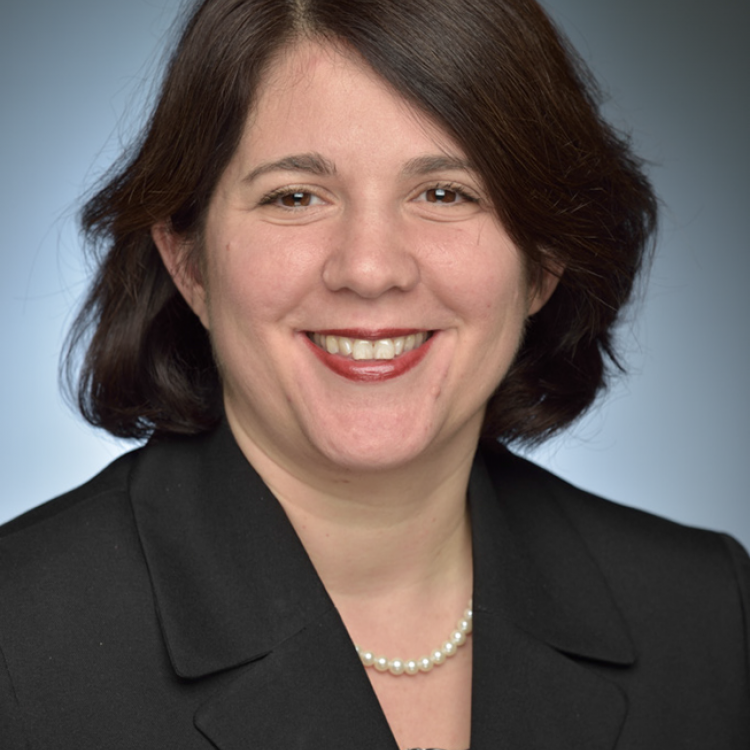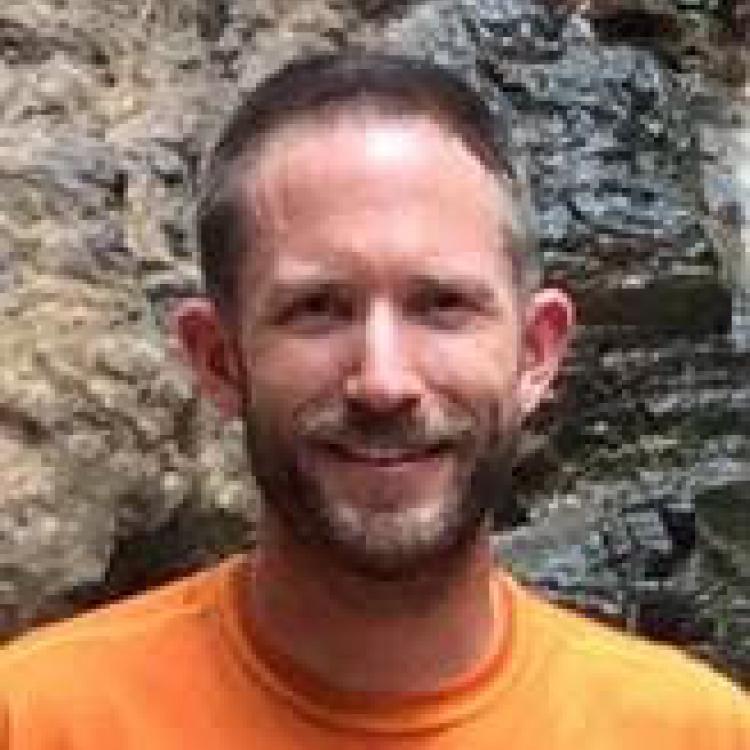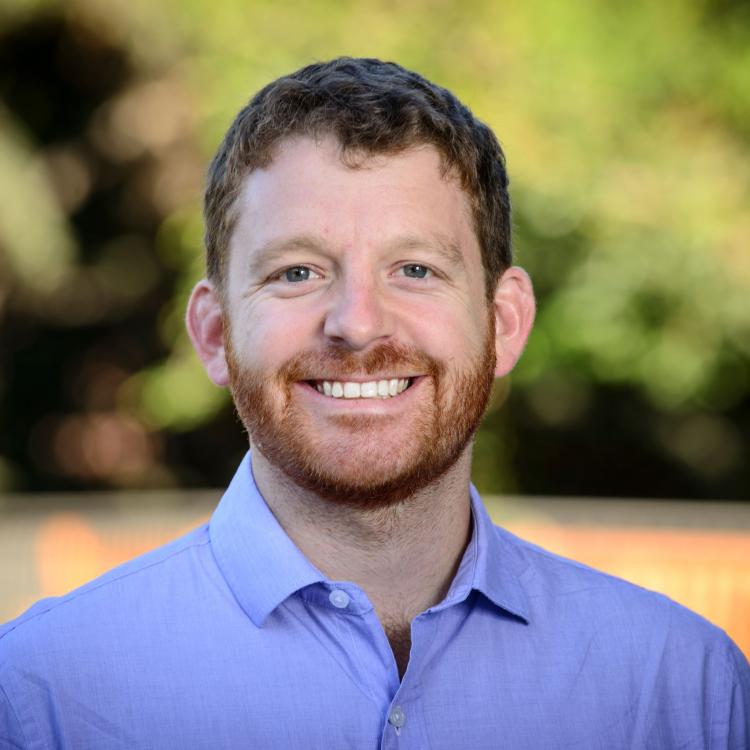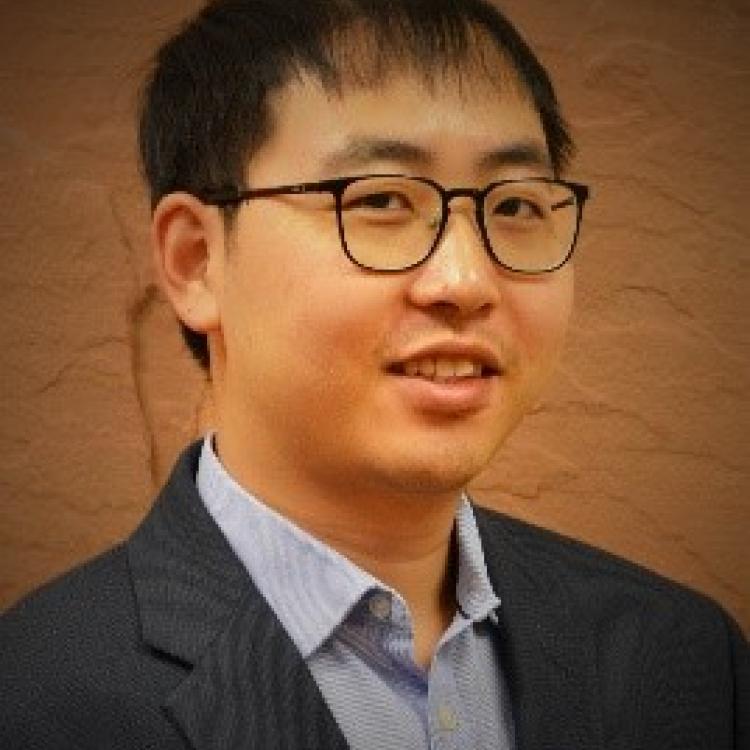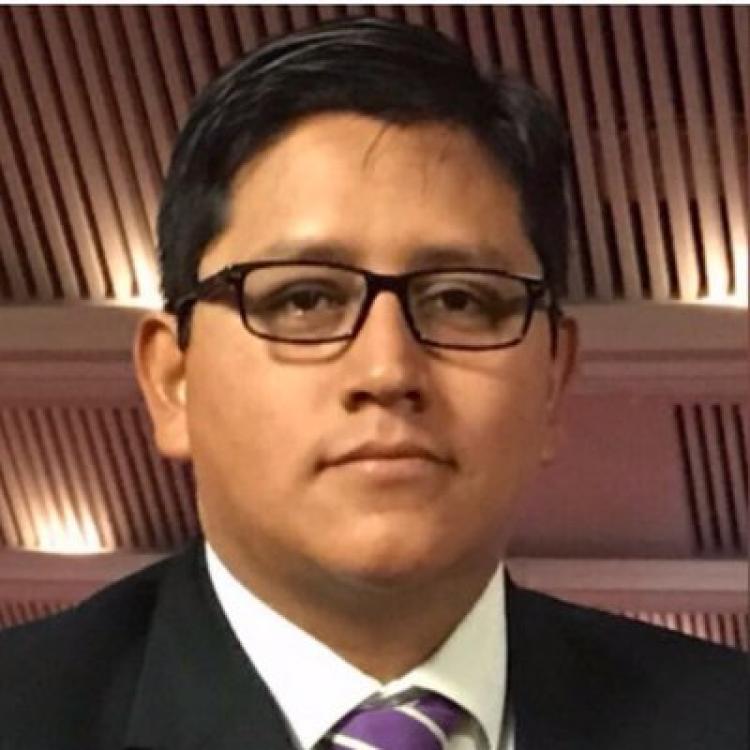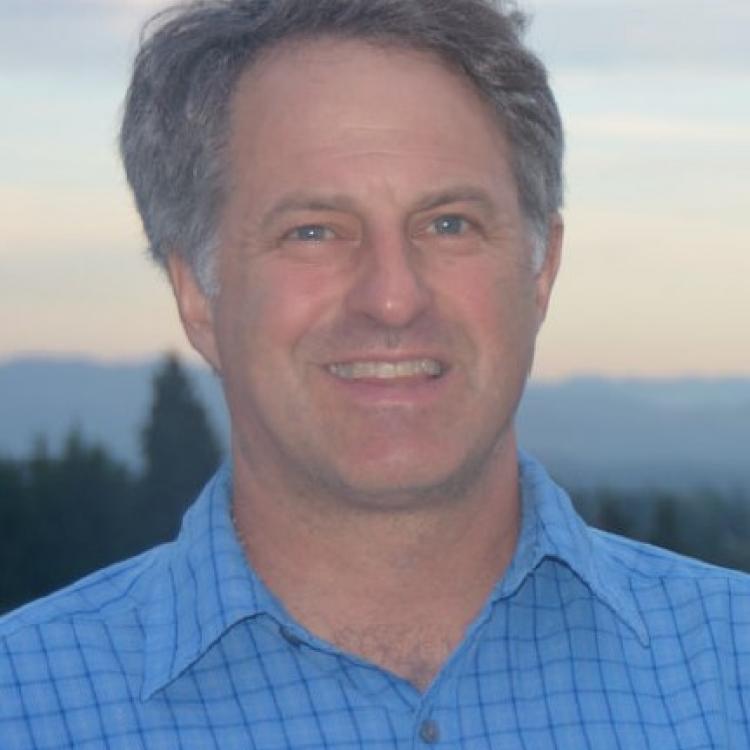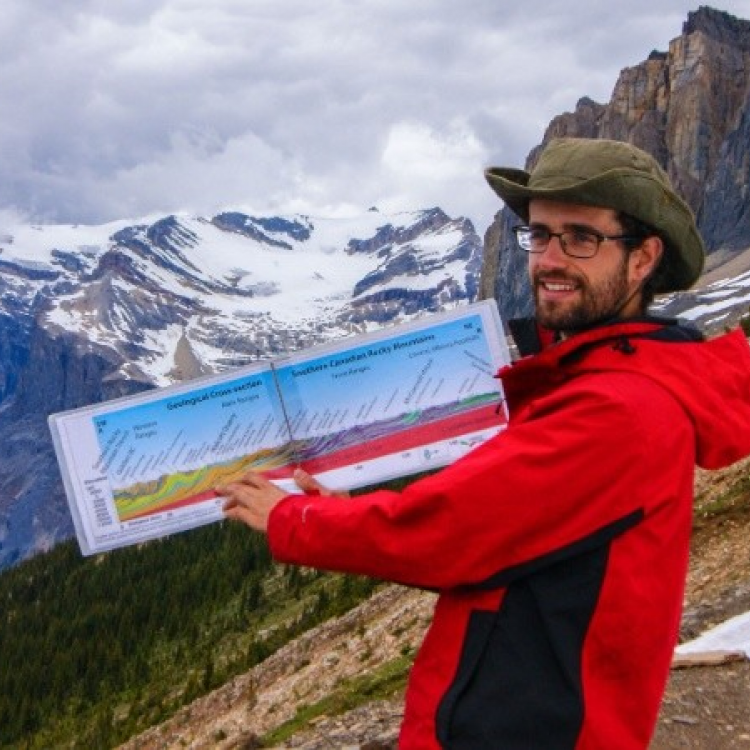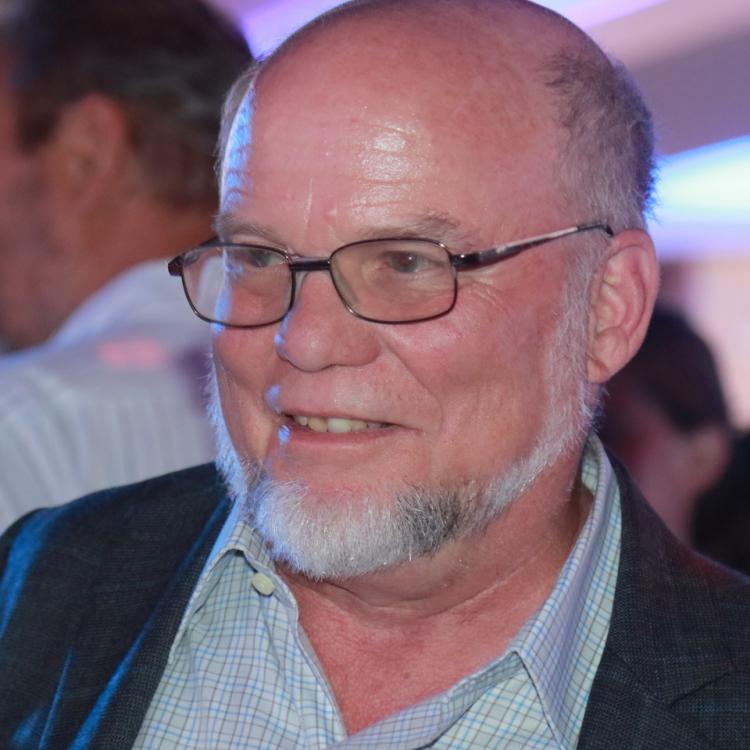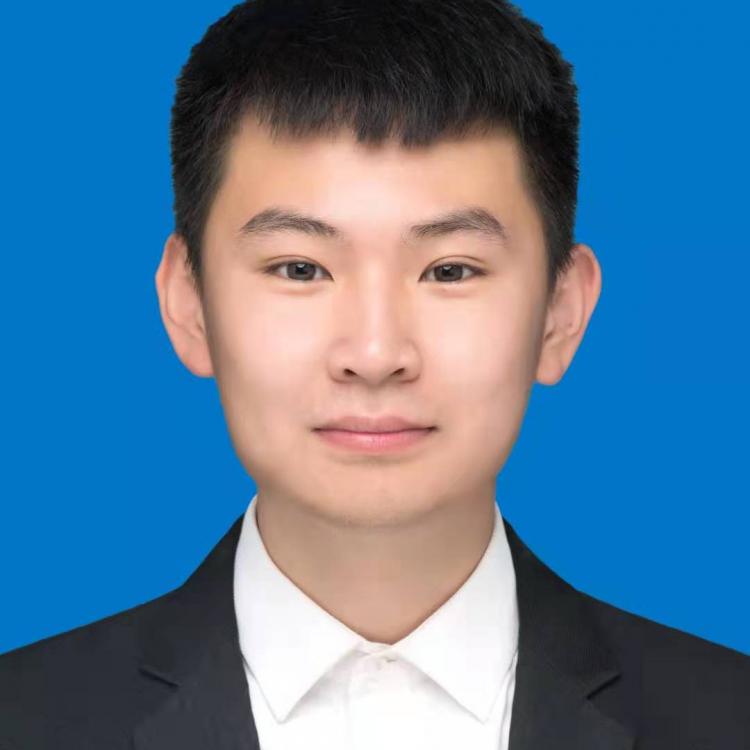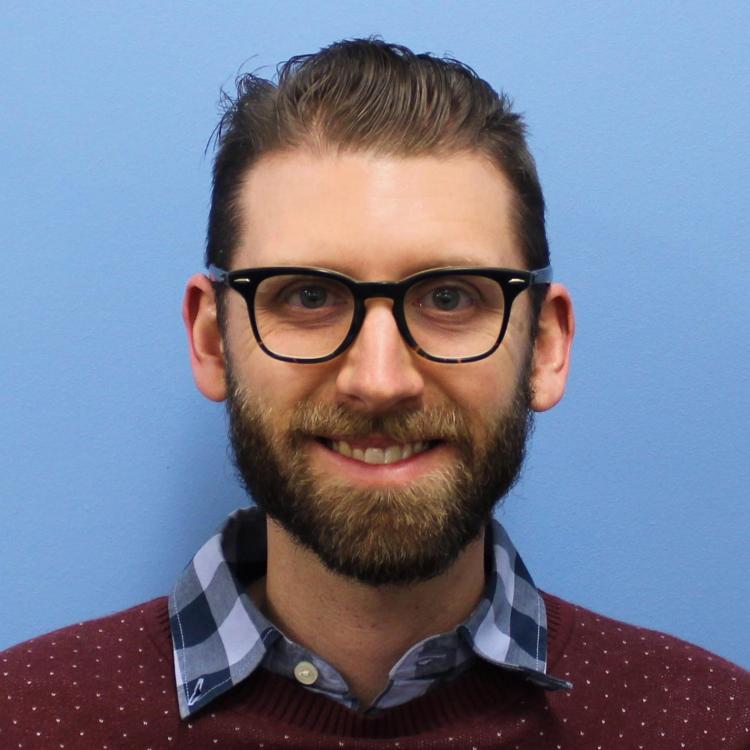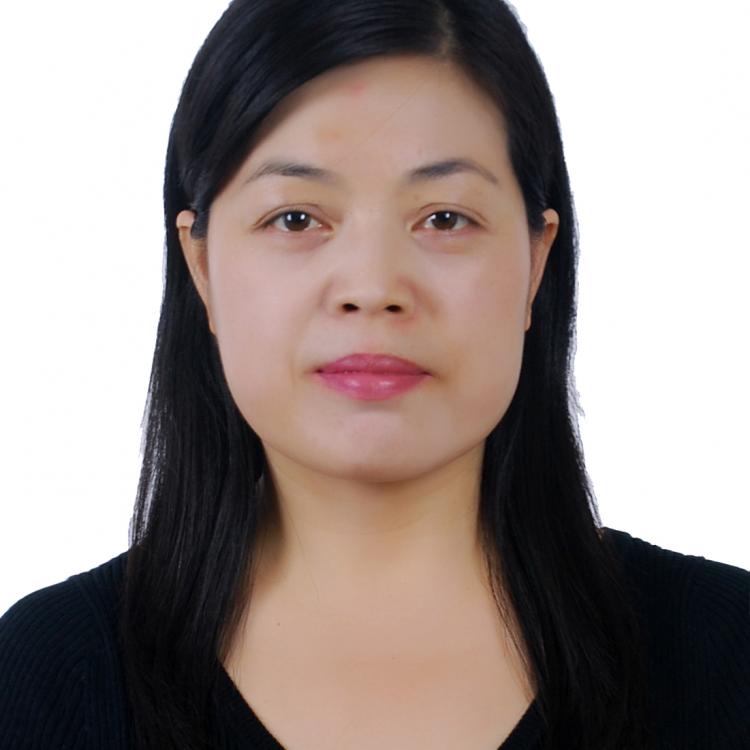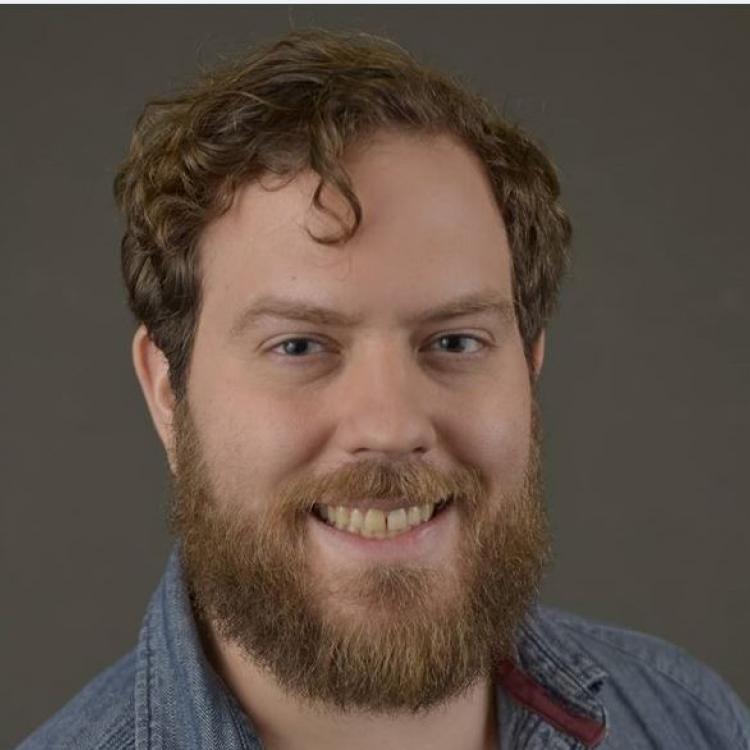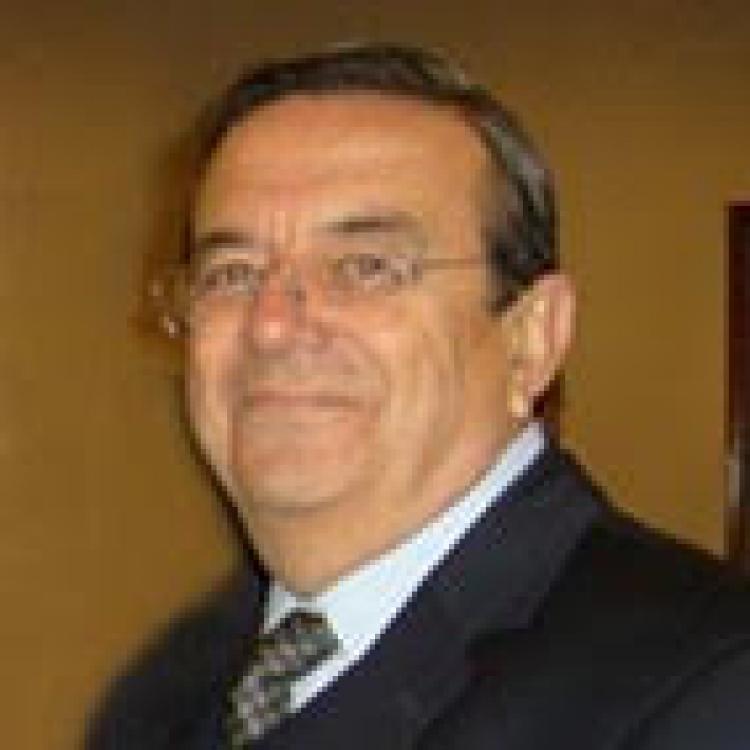Date
Date and Time
October 21, 2020 12:00 PM (PDT)–01:00 PM (PDT)
Abstract
In Sept 2017, an injection program was carried out in the openhole toe (Zone 1) of Well 58-32 at the Utah FORGE site. Zone 1 in Well 58-32 encompasses all of the approximately 147 feet of open hole below the production casing shoe. After the initial injection program in 2017, a follow-up injection program was carried out in the openhole (Zone 1) and in two zones behind casing (denoted as Zones 2 and 3). This second injection program was carried out in April and May 2019.
In each zone, a program of up to nine injection cycles was conducted, including a microhydraulic fracture test, a DFIT (Diagnostic Fracture Injection Test), a step rate test and flowback testing. We have made an integrated interpretation of the closure stress using both pressure and temperature data. Various methods were applied to infer the closure stress. The ISIP (instantaneous shut-in pressure) was used in the openhole section, Zone 1. The reopening pressure, G-function plots, pressure vs. square root of time, and diagnostic log-log plots were applied in both Zone 1 and Zone 2. Step rate up and step rate down tests were also used to evaluate the closure stress. Moreover, temperature analysis using the G-function was employed to interpret the closure stress.
The closure stress gradients are: 0.67 to 0.81 psi/ft in Zone 1 (2017 test), 0.74-0.83 psi/ft in Zone 1 (2019 test), and 0.76-0.95 psi/ft in Zone 2. There is no stress interpretation in Zone 3 because fractures were likely not opened or reopened. The inferred “apparent” stress gradients in Zone 2 are greater than those in Zone 1. The higher stress gradient in Zone 2 could be caused by near-wellbore tortuosity or if the fractures were not perpendicular to σhmin. Higher pumping rate/volume gave a higher closure stress. This could be caused by back stress (poroelasticity), associated with pressurization of proximal fractures (natural or otherwise). This self-shadowed could be an important consideration for future stimulation activities.
Speakers
Session Code
EPW09P
Session Name
FORGE Actvities, Progress & Plans
































